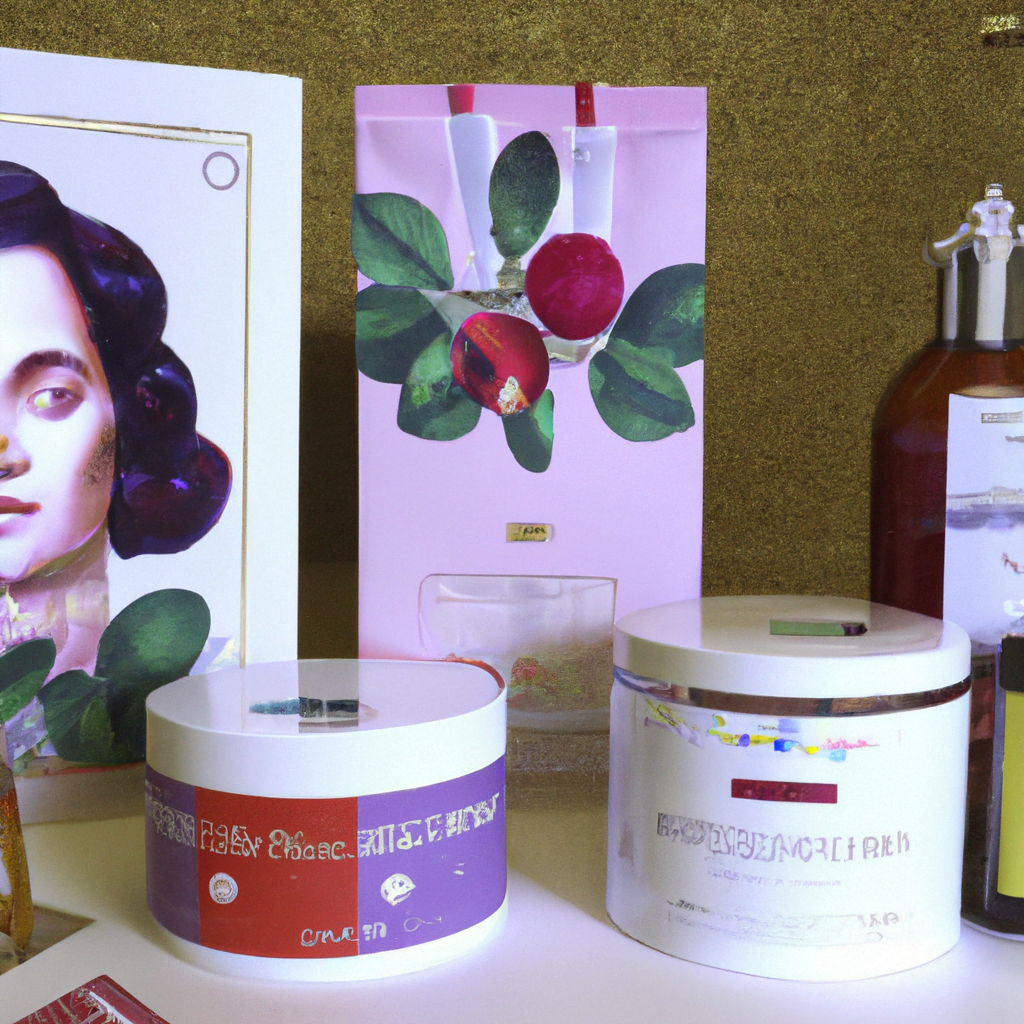Packaging for Natural and Organic Beauty Products
Introduction
The beauty industry is one of the fastest-growing industries in the world, with a market value of over $500 billion. The demand for natural and organic beauty products has been on the rise in recent years, as consumers become more aware of the harmful chemicals present in traditional beauty products. However, packaging for natural and organic beauty products is equally important as the product itself. In this article, we will explore the importance of packaging for natural and organic beauty products and how it can impact the environment, consumer behavior, and brand image.
The Impact of Packaging on the Environment
Packaging plays a crucial role in the beauty industry, as it protects the product from damage and contamination. However, traditional packaging materials such as plastic, aluminum, and glass have a significant impact on the environment. Plastic packaging, in particular, is a major contributor to pollution and is responsible for the death of millions of marine animals every year.
To address this issue, many beauty brands are turning to sustainable packaging options such as biodegradable plastics, recycled materials, and compostable packaging. Biodegradable plastics are made from natural materials such as cornstarch and can break down into natural elements when exposed to the environment. Recycled materials such as paper and cardboard can be used to create packaging that is both eco-friendly and aesthetically pleasing. Compostable packaging is made from plant-based materials and can be broken down into organic matter when disposed of properly.
Consumer Behavior and Packaging
Packaging plays a crucial role in consumer behavior, as it is often the first point of contact between the consumer and the product. The packaging design can influence the consumer’s perception of the product and can even impact their purchasing decision.
Natural and organic beauty products are often associated with eco-friendliness and sustainability. Therefore, packaging for these products should reflect these values. Brands that use sustainable packaging materials and design their packaging with eco-friendliness in mind are more likely to attract environmentally conscious consumers.
In addition to eco-friendliness, packaging design can also impact the consumer’s perception of the product’s quality. High-quality packaging materials such as glass and metal can convey a sense of luxury and sophistication, while cheap plastic packaging can give the impression of low quality.
Case Studies
Several beauty brands have successfully implemented sustainable packaging options for their natural and organic beauty products.
One such brand is Lush, a cosmetics company that specializes in handmade, natural products. Lush uses biodegradable packaging materials such as cornstarch-based packing peanuts and recycled paper for their product packaging. They also encourage customers to bring back their empty product containers to be recycled or reused.
Another brand that has made strides in sustainable packaging is Kjaer Weis, a luxury makeup brand. Kjaer Weis uses refillable metal compacts for their products, which can be refilled with new product when empty. This reduces waste and encourages customers to reuse their packaging.
The Importance of Brand Image
Packaging is an essential component of a brand’s image and can impact how consumers perceive the brand. Natural and organic beauty products are often associated with eco-friendliness and sustainability, and packaging should reflect these values.
Brands that use sustainable packaging materials and design their packaging with eco-friendliness in mind are more likely to attract environmentally conscious consumers. This can lead to increased brand loyalty and positive word-of-mouth marketing.
On the other hand, brands that use traditional packaging materials such as plastic and aluminum may be perceived as outdated or environmentally unfriendly. This can lead to negative brand perception and a loss of customers.
Conclusion
Packaging for natural and organic beauty products is a crucial component of the beauty industry. Sustainable packaging options such as biodegradable plastics, recycled materials, and compostable packaging can reduce the impact of packaging on the environment. Packaging design can also impact consumer behavior and brand image. Brands that use sustainable packaging materials and design their packaging with eco-friendliness in mind are more likely to attract environmentally conscious consumers and increase brand loyalty. As the demand for natural and organic beauty products continues to grow, it is essential for brands to prioritize sustainable packaging options and design.
